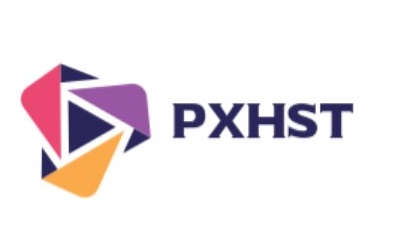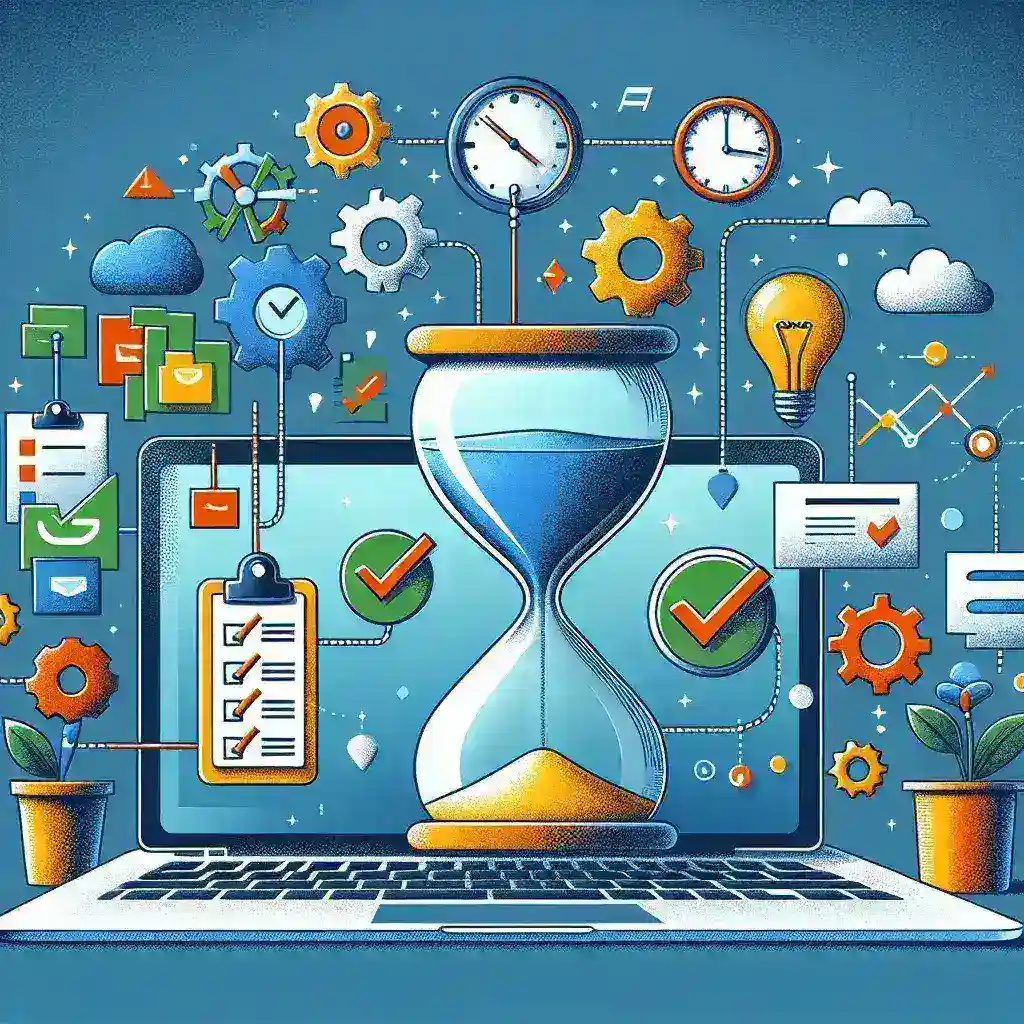In today’s fast-paced digital landscape, effective task management has become the cornerstone of professional success and personal productivity. Whether you’re a solo entrepreneur juggling multiple projects, a team leader coordinating complex workflows, or simply someone trying to organize daily responsibilities, the right task management tool can transform chaos into clarity.
The Evolution of Task Management in the Digital Age
The concept of task management isn’t new, but the tools available today represent a quantum leap from traditional pen-and-paper methods. Modern task management platforms leverage cloud computing, artificial intelligence, and collaborative features to create comprehensive productivity ecosystems that adapt to diverse working styles and organizational needs.
Research indicates that professionals spend approximately 41% of their time on discretionary activities that offer little personal satisfaction and could be handled by others. This staggering statistic underscores the critical importance of implementing robust task management systems that optimize time allocation and enhance overall efficiency.
Essential Features to Consider When Choosing Task Management Tools
Before diving into specific platforms, understanding the fundamental features that distinguish exceptional task management tools is crucial for making informed decisions.
Intuitive User Interface and Experience
The most powerful tool becomes useless if team members find it difficult to navigate. Look for platforms that prioritize clean, intuitive design with minimal learning curves. The interface should feel natural and reduce friction rather than adding complexity to daily workflows.
Collaboration and Communication Capabilities
Modern work environments demand seamless collaboration. Effective task management tools should facilitate real-time communication, file sharing, comment threads, and notification systems that keep all stakeholders informed without overwhelming them with unnecessary alerts.
Customization and Scalability
Every organization has unique workflows and requirements. The best task management platforms offer extensive customization options, allowing users to create custom fields, workflows, and views that align with specific operational needs while maintaining the flexibility to scale as organizations grow.
Integration Ecosystem
In today’s interconnected digital workspace, task management tools must integrate seamlessly with existing software stacks. Look for platforms that offer robust API connections and pre-built integrations with popular tools like Slack, Google Workspace, Microsoft 365, and specialized industry software.
Top-Tier Task Management Platforms: Comprehensive Analysis
Asana: The Versatile Powerhouse
Asana stands out as one of the most comprehensive task management solutions available, offering a perfect balance between simplicity and advanced functionality. Founded by former Facebook executives, Asana has evolved into a platform that serves everyone from individual freelancers to Fortune 500 companies.
Key strengths include multiple project views (list, board, timeline, calendar), robust reporting capabilities, and an extensive template library that accelerates project setup. The platform’s goal-tracking feature helps organizations maintain strategic alignment while managing day-to-day operations.
Pricing starts with a generous free tier supporting up to 15 team members, making it accessible for small teams and startups. Premium plans unlock advanced features like custom fields, advanced search, and timeline view, while business plans add portfolios, advanced integrations, and enhanced security features.
Trello: Simplicity Meets Effectiveness
Trello’s Kanban-based approach revolutionized visual task management, making project tracking intuitive and engaging. The platform’s card-and-board system mirrors physical workflow boards, creating an immediately familiar experience for users transitioning from traditional project management methods.
The strength of Trello lies in its simplicity and visual appeal. Teams can quickly create boards, add cards for tasks, and move them through customizable workflow stages. Power-ups extend functionality, integrating with tools like Google Drive, Slack, and time tracking applications.
While Trello excels in simplicity, it may lack advanced features required by larger organizations managing complex projects. However, for small to medium-sized teams prioritizing ease of use and visual workflow management, Trello remains an excellent choice.
Monday.com: The All-in-One Workspace
Monday.com positions itself as a comprehensive work operating system rather than just a task management tool. This platform excels in creating centralized workspaces where teams can manage projects, track progress, and collaborate effectively.
The platform’s strength lies in its flexibility and customization options. Users can create custom workflows, automate repetitive tasks, and generate detailed analytics reports. The visual project tracking features, including Gantt charts, Kanban boards, and calendar views, provide multiple perspectives on project progress.
Monday.com’s pricing reflects its comprehensive feature set, with plans designed for different organizational sizes and complexity levels. The platform particularly excels in creative agencies, marketing teams, and operations-heavy organizations that require detailed project tracking and resource management.
Notion: The Ultimate Productivity Ecosystem
Notion transcends traditional task management by combining notes, databases, wikis, and project management into a unified platform. This all-in-one approach appeals to users who prefer consolidated workspaces over multiple specialized tools.
The platform’s database functionality allows for sophisticated task organization, with relationships between different content types creating powerful information architectures. Teams can build custom workflows, create knowledge bases, and manage projects within the same interface.
While Notion’s flexibility is its greatest strength, it can also be overwhelming for users seeking straightforward task management. The learning curve is steeper than simpler alternatives, but the investment pays dividends for teams requiring comprehensive information management alongside task tracking.
Microsoft Project: Enterprise-Grade Project Management
For organizations managing large-scale, complex projects, Microsoft Project remains the gold standard. This enterprise-focused platform offers sophisticated project planning tools, resource management capabilities, and detailed reporting features that meet the demands of traditional project management methodologies.
The platform excels in scenarios requiring detailed project scheduling, resource allocation, and budget tracking. Integration with the broader Microsoft ecosystem makes it a natural choice for organizations already invested in Microsoft 365 infrastructure.
However, Microsoft Project’s complexity and cost make it less suitable for smaller teams or organizations with simpler project management needs. The learning curve is significant, and the feature set may be overwhelming for users seeking streamlined task management.
Specialized Solutions for Specific Use Cases
ClickUp: The Productivity Swiss Army Knife
ClickUp attempts to replace multiple productivity tools with a single platform, offering task management, document creation, goal tracking, and time management in one interface. This consolidation approach appeals to teams seeking to reduce tool sprawl while maintaining comprehensive functionality.
The platform’s strength lies in its extensive customization options and feature density. Users can create custom statuses, fields, and views while leveraging built-in features like time tracking, goal setting, and document collaboration.
Todoist: Personal Productivity Perfected
While many platforms focus on team collaboration, Todoist excels in personal task management with features that scale to small team environments. The platform’s natural language processing allows users to create tasks and set due dates using conversational commands, streamlining task entry.
Todoist’s karma system gamifies productivity, encouraging consistent task completion through point systems and achievement tracking. The platform’s clean interface and robust mobile applications make it ideal for individuals and small teams prioritizing personal productivity optimization.
Implementation Strategies for Maximum Success
Gradual Adoption and Change Management
Successful task management tool implementation requires careful change management and gradual adoption strategies. Rather than immediately migrating all projects and workflows, organizations should begin with pilot programs involving enthusiastic early adopters who can become internal champions.
Training and support are crucial during transition periods. Most platforms offer comprehensive onboarding resources, including video tutorials, template libraries, and customer support. Investing time in proper setup and team training prevents frustration and ensures long-term adoption success.
Establishing Clear Workflows and Standards
The most sophisticated tool becomes ineffective without clear workflows and usage standards. Organizations should establish guidelines for task creation, project organization, communication protocols, and notification management to ensure consistent usage across teams.
Regular review and optimization sessions help teams refine their processes and maximize tool effectiveness. What works initially may need adjustment as teams grow and workflows evolve.
Future Trends in Task Management Technology
The task management landscape continues evolving with emerging technologies reshaping how we organize and execute work. Artificial intelligence integration is becoming increasingly sophisticated, with platforms offering intelligent task prioritization, automated scheduling, and predictive analytics.
Machine learning algorithms analyze work patterns to suggest optimal task sequences, identify potential bottlenecks, and recommend resource allocation adjustments. These capabilities transform task management tools from passive organizational systems into active productivity partners.
Virtual and augmented reality technologies are beginning to influence task management interfaces, offering immersive project visualization and spatial organization methods. While still emerging, these technologies promise to revolutionize how teams interact with complex project data.
Making the Right Choice for Your Organization
Selecting the optimal task management tool requires careful consideration of organizational needs, team size, technical requirements, and budget constraints. The best platform is the one that your team will actually use consistently and effectively.
Consider starting with free trials or freemium versions to evaluate platform fit before committing to paid plans. Most providers offer migration assistance and onboarding support to ease transitions from existing systems.
Remember that the perfect task management tool doesn’t exist – only the tool that best fits your specific requirements and working style. Focus on platforms that solve your most pressing productivity challenges while offering room for growth and adaptation.
The investment in proper task management infrastructure pays dividends through improved productivity, reduced stress, enhanced collaboration, and better project outcomes. In an increasingly competitive business environment, organizations that master task management gain significant advantages in efficiency, quality, and team satisfaction.
Whether you choose a simple Kanban board or a comprehensive project management ecosystem, the key is consistent implementation, ongoing optimization, and alignment with your organization’s unique workflow requirements. The right task management tool becomes an invisible enabler of success, allowing teams to focus on creating value rather than managing chaos.

